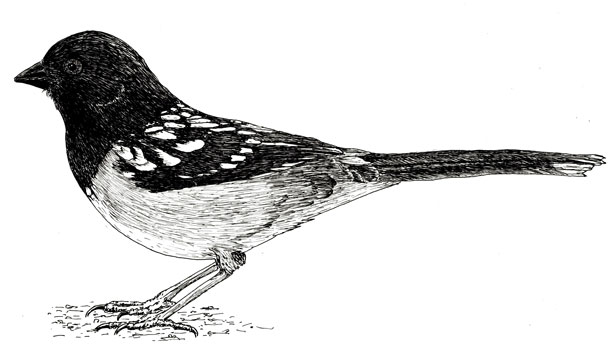Stargazing has been tough for the past few months. Precipitation is the culprit, with a new record set for the number of rainy days this year. I have recently been missing Orion from the evening sky and didn’t get a chance to say goodbye. Now I’m looking forward to the Big Triangle.
Our garden soil is still pretty soggy. We hope to get some more typical June weather in time to put out the vegetable starts.
Pacific Northwest tree diversity is not nearly as great as in the Appalachians. Our forests make up in kilograms per acre what they might lack in species numbers. It is interesting that most of our trees are wind pollinated, considering the rainy weather that predominates during the seasons that pollen is produced. All the conifers are wind pollinated, starting with incense cedar in midwinter and Douglas fir topping off pollen season in late spring. Cottonwoods, hazelnuts, oaks and alders, all flowering plants, shed pollen from January to March. Pollen in the wind shifts from trees to grasses in late spring and early summer. Does more global warming equal more pollen? Curse warming-deniers.
Towhees are good neighborhood friends. Their buzzy tweet lets you know they are around, that they have a nest somewhere close, even if they are not easy to see. There are three nesting pairs in our neighborhood. Each pair maintains a fairly small territory that is easy to recognize because each pair is characterized by a slightly different tone to their “tzzzeet!”
David Wagner is a botanist who works in Eugene. He teaches moss classes, leads nature walks and makes nature calendars. He can be contacted through his web site: fernzenmosses.com.
